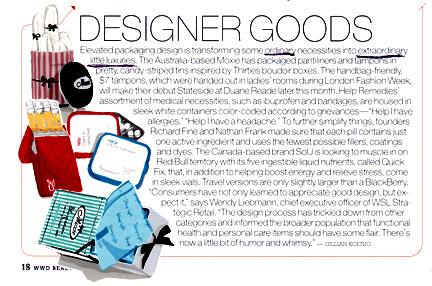
How Pattern Recognition Can Help Your Unique Brand Positioning
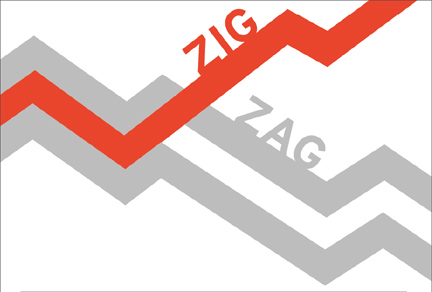
Have you ever worked on bringing a product to market that was based on a formulation, product, or system that is already successful in the market? Almost everyone has. Market demand forces supply, and before you know it, your sales reps are begging for a product just like “X.”
We at MSLK believe it’s how you handle this situation that is the critical difference. Will you saddle right up to your competition with another “Me Too” product? Or will you learn the essence of what consumers find so appealing, and offer them an alternative that is uniquely yours?
This is where we as outsiders can help. Often, fresh eyes are required to find the essence of appeal and to notice the patterns in the market. We can help you zig while others are zagging. It requires a step backwards and asking “stupid questions” that your internal team may be afraid to ask or has long since decided to take as givens.
There are many steps to a successful brand positioning, but here are two crucial stages that MSLK uses time and time again.
- A competitive set analysis (the diagnosis)
- Defining a unique position (the solution)
Stage 1 involves getting out and looking at the competitive space. It’s amazing what you can see when you simply put images of your competitors’ offerings side by side. Our team looks for patterns and for best practices.
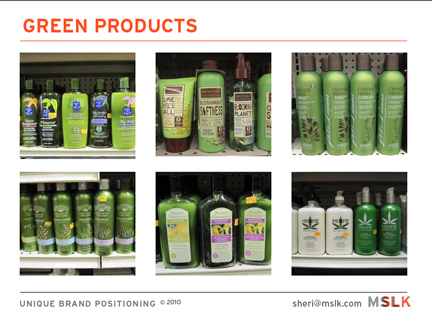
So if you were looking to launch a new line of naturally formulated beauty products, we might show you a shelf set of all the hundreds of green plastic packages out there. Then we might challenge you: Why launch your product in yet another green plastic package when there are so many opportunities to use post-consumer recycled content or plastic alternatives? We believe there is a reason for Pangea’s break-out success, which is certainly attributed in part to their innovative paper-pulp packaging and unique style.
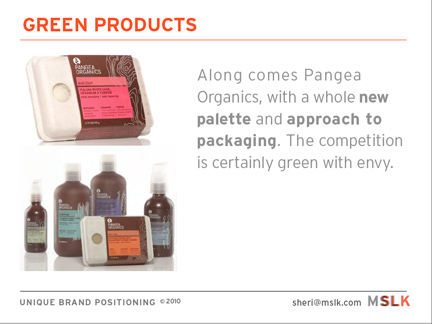
Stage 2 involves documenting these opportunities to zig while others are zagging. These collective opportunities become the framework for your unique positioning and are often documented in a Creative Brief.
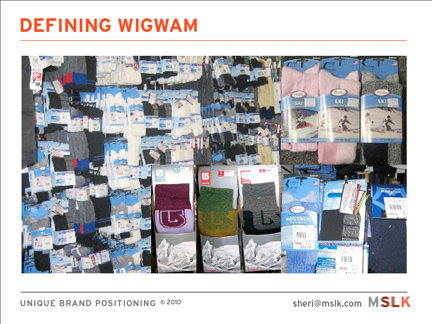
We used this process extensively during our work repackaging Wigwam socks. We saw throngs of blue-and-silver “cold” packages touting socks for snow sports, so we chose to package ours in red and focus on warmth.
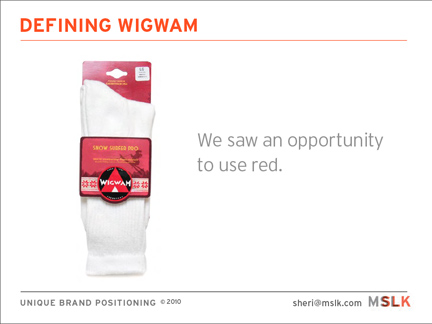
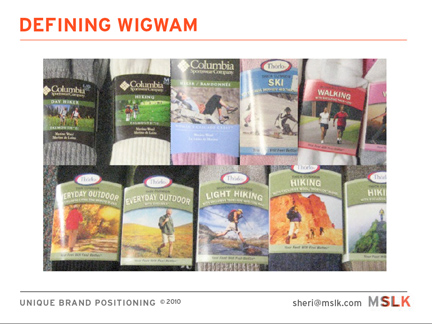
We also found many competitors used product photography which quickly looked dated, so we chose to focus on the emotional strengths of illustration to not only set Wigwam apart, but also to establish their Native American, 100% Made in the USA heritage.

As you can see, Stage 2 can really only be achieved by your creative team with the aid of Stage 1, which is why Pattern Recognition is crucial. I’ll be exploring this topic in detail on a panel entitled Pattern Recognition 101: The Importance of Identifying Trends at
the HBA Conference September 30th at 11 am.
Ironically, Stage 1 is often the stage that is most overlooked, which is why there are opportunities for your brand to break out. If you and your team are jumping into the creative without these steps, you’ll end up going back to look at your competitive analysis at some point anyway because those sluggish sales figures will be staring you in the face. This is why we highly advocate taking the time to look at the patterns from the start.
If you’d like to join me at the HBA, please register here and use priority code: GPSZ to save 30% off any HBA Conference Pass and to get a FREE Exhibits Pass to HBA Global Expo and the Spa & Resort/Medical Aesthetics Expo.

